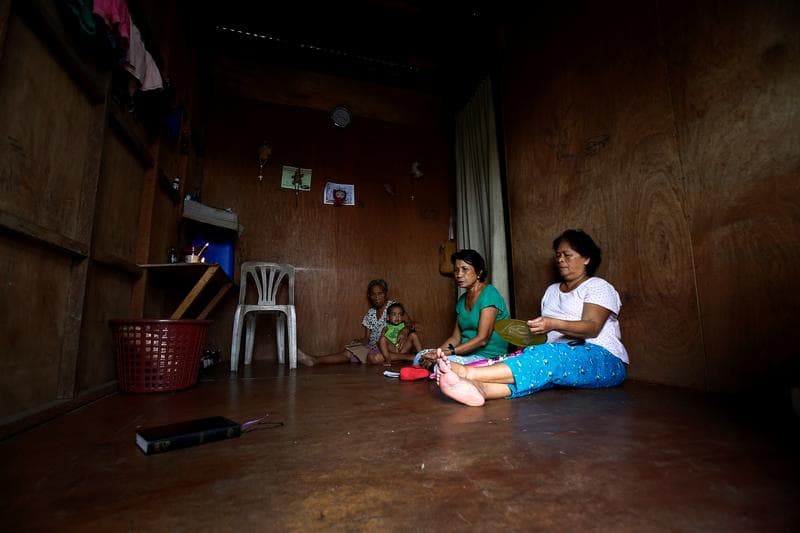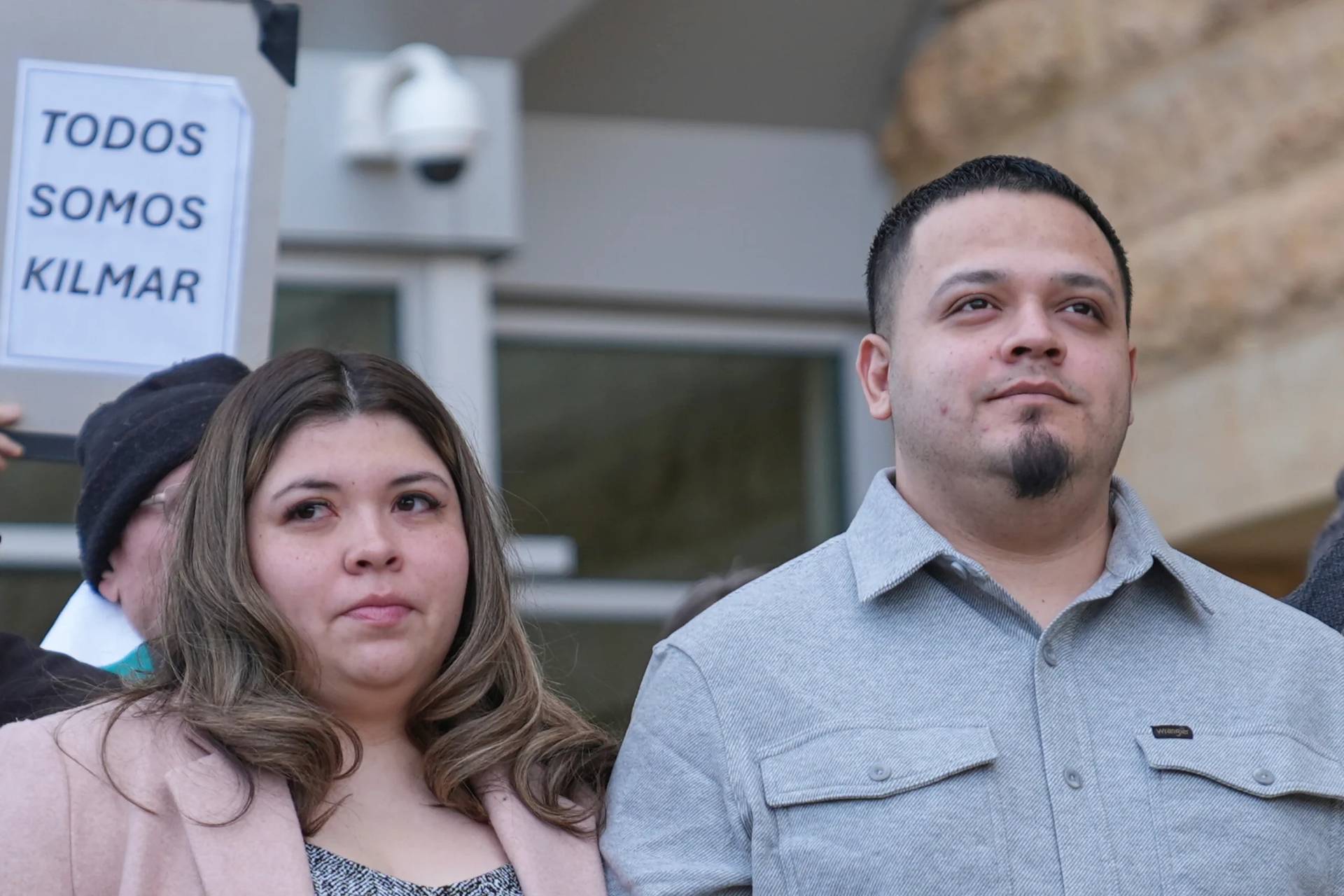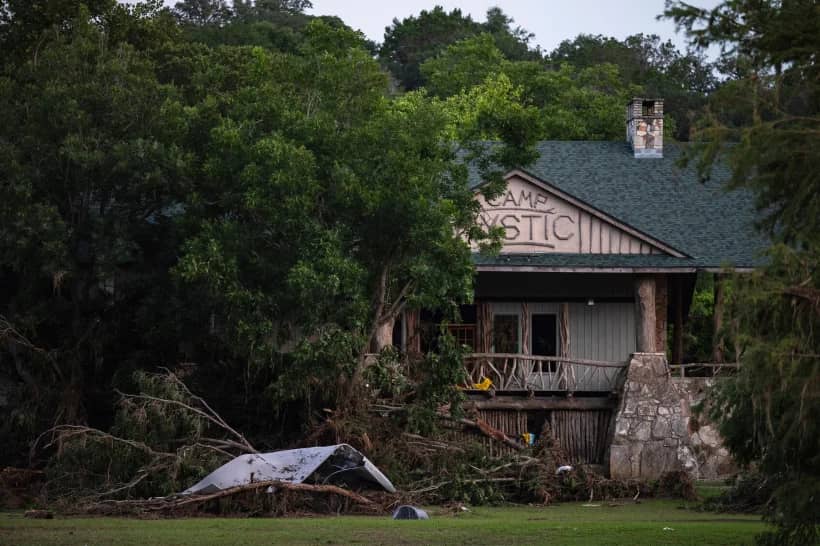WASHINGTON, D.C. — Sometimes, the stories of ventures helped by the annual Catholic Communication Campaign involve desperate need, as with the rehabilitation of the radio station for the Diocese of Borongan where Typhoon Haiyan in 2013 caused more than 6,000 deaths and widespread devastation across central Philippines.
A grant of $42,500 from the campaign bought studio equipment and reconstruction of the transmitter and studio building, Borongan Bishop Crispin B. Varquez reported.
The station remains a vital communications link in Eastern Samar province, where churches were among the few structures to survive the storm and where government help has been limited.
The diocese decided to manage the construction because the cost would have doubled had it hired a construction company.
In the United States, Catholics see the results of the campaign daily directly in their hands through social media. Because online traffic is measured, diocesan communications directors know that slightly more than 50 percent of what they post is viewed or heard on handheld devices, not desktop computers. Knowing that helps them shape their message.
“There are less of what are known as measurables with radio or TV,” says Joseph Aponick, director of communications for the Diocese of Harrisburg, Pennsylvania. “Feedback from that is less than with online communication.” With online offerings, “people will give you a thumbs-up or they’ll write a little comment about it. People are not afraid to tell us if they have an issue with something.”
This year’s national collection was to occur May 13, World Communications Day. Not all dioceses hold the collection then. Some combine it with another collection, while others simply send a donation.
Started in 1979, the collection is the only one to designate 50 percent of proceeds for dioceses and 50 percent to communication efforts of the U.S. Conference of Catholic Bishops. About $8 million is raised nationally.
In the Diocese of Phoenix, campaign funds pay to broadcast Masses from Sts. Simon and Jude Cathedral. In addition to over-the-air television, the Masses are livestreamed on YouTube and simulcast on the Relevant Radio network. Unlike other broadcasts of worship services that are abridged to fill either an hour or half-hour format, the ones from Phoenix run a full 90 minutes.
“We never want to be cut off,” explained Rob DeFrancesco, diocesan communications director. “We don’t want to compromise the Mass in any way.”
The broadcasts “are a huge priority for us, to bring Christ to the homebound,” he added. With online analytics, the diocese has precise measurements on the reach of the cathedral Mass: “All over the world. It hits almost every country in the world.”
The Diocese of Harrisburg, Pennsylvania, uses campaign grants to produce brief reflections by Bishop Ronald W. Gainer that run during Advent and Lent on WHYF-AM, Holy Family Radio. The goal is “to invite people to come back to church, to come back to the family,” Aponick told Catholic News Service. “Those are probably the most visible parts of the campaign here.”
Other elements include an email newsletter and a video project on parishes’ history that has included a tour of the Basilica of the Sacred Heart of Jesus near Hanover, Pennsylvania. Founded in 1730, it’s the oldest stone Catholic church in the nation and the “mother church” of the diocese.
The diocese also has ventured into podcasting through Breadbox Media. Podcasts, Aponick said, “have found new life with handheld devices.”
“We’ve tried to be there for people in a variety of media because things are so splintered and things are changing so quickly.”
He considers himself “still a firm believer” in print media.
“It all has to be viewed in what the Church is trying to say,” he said. “Knowing what the core message is and finding ways to make that available.”














